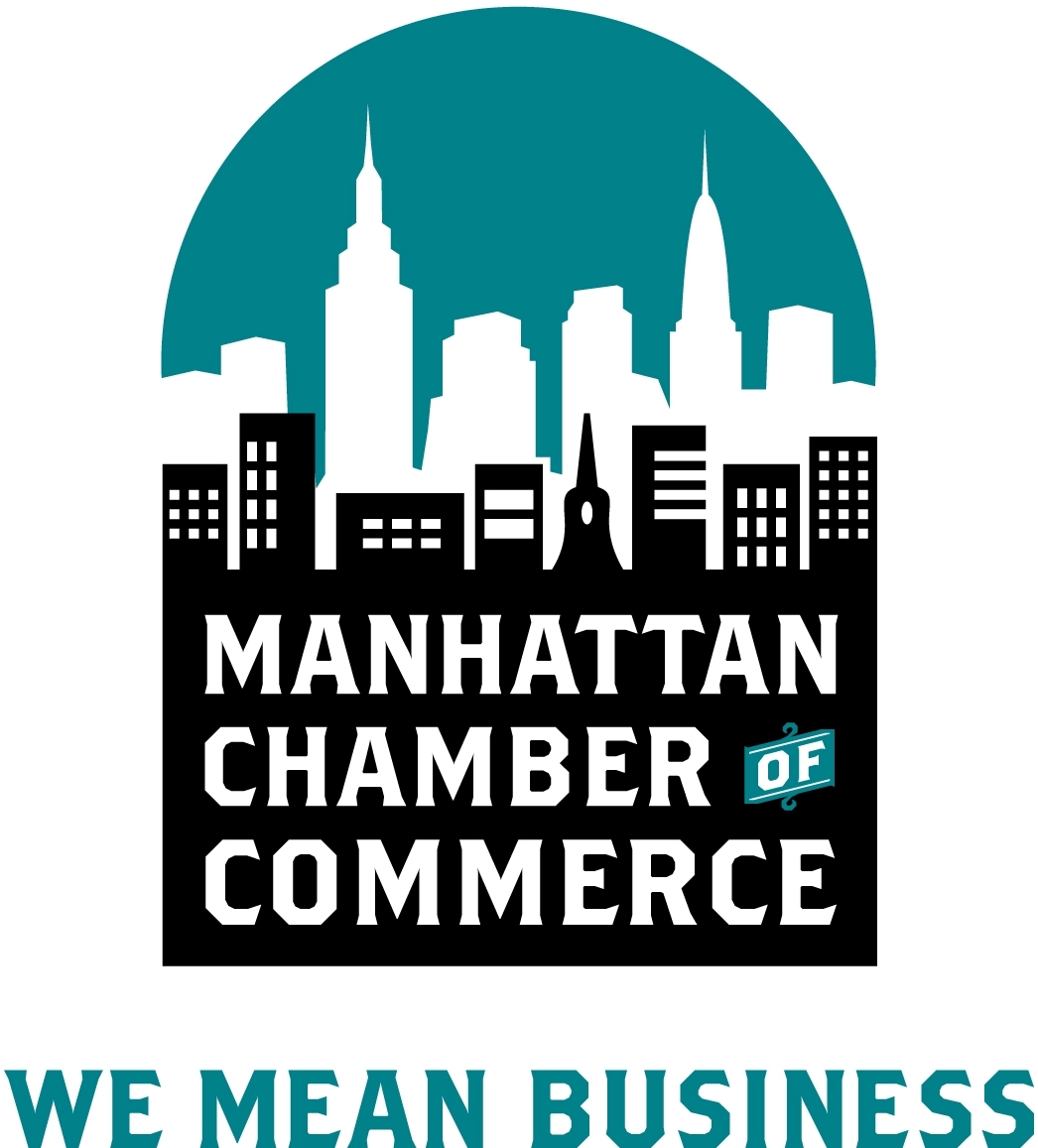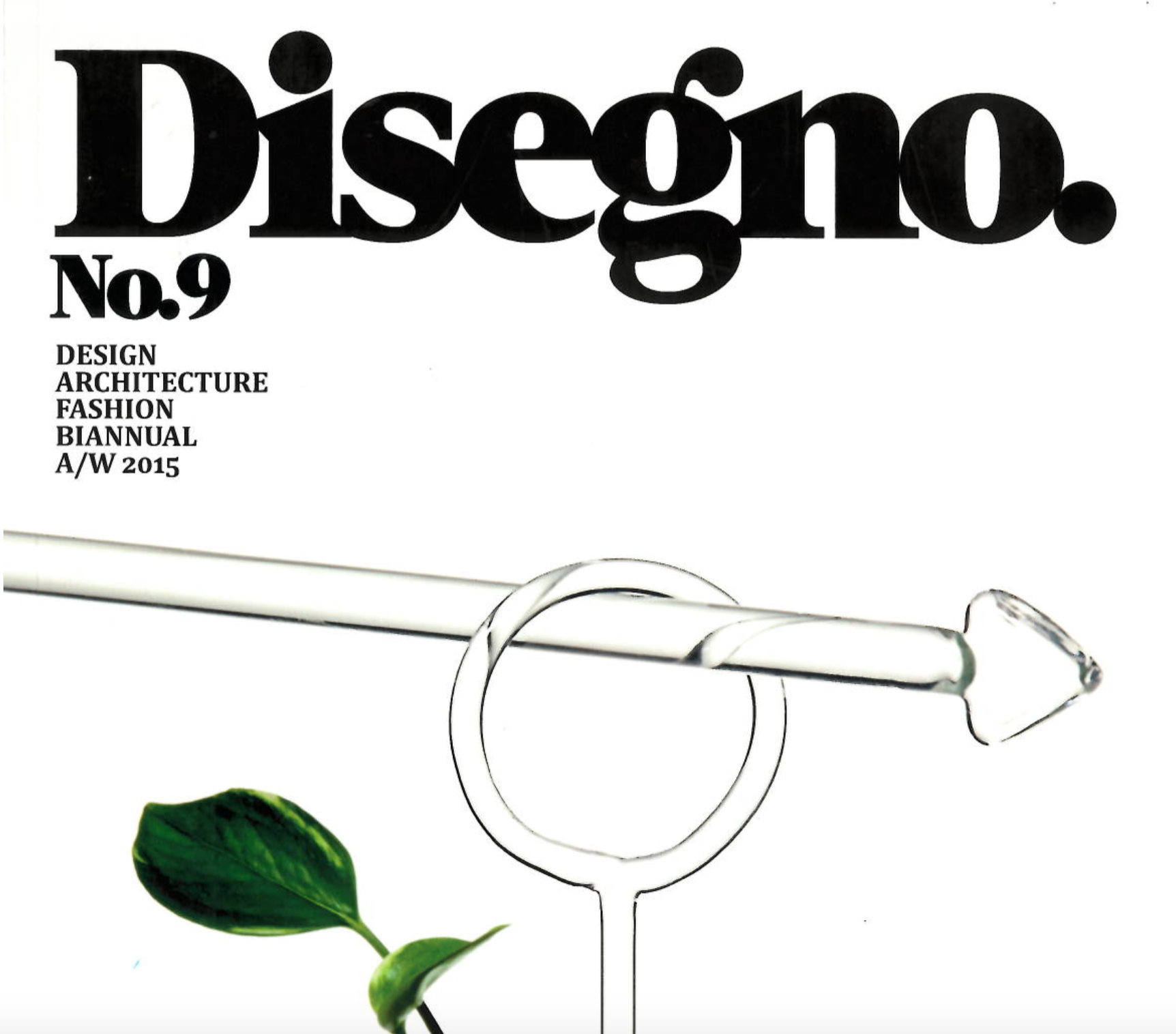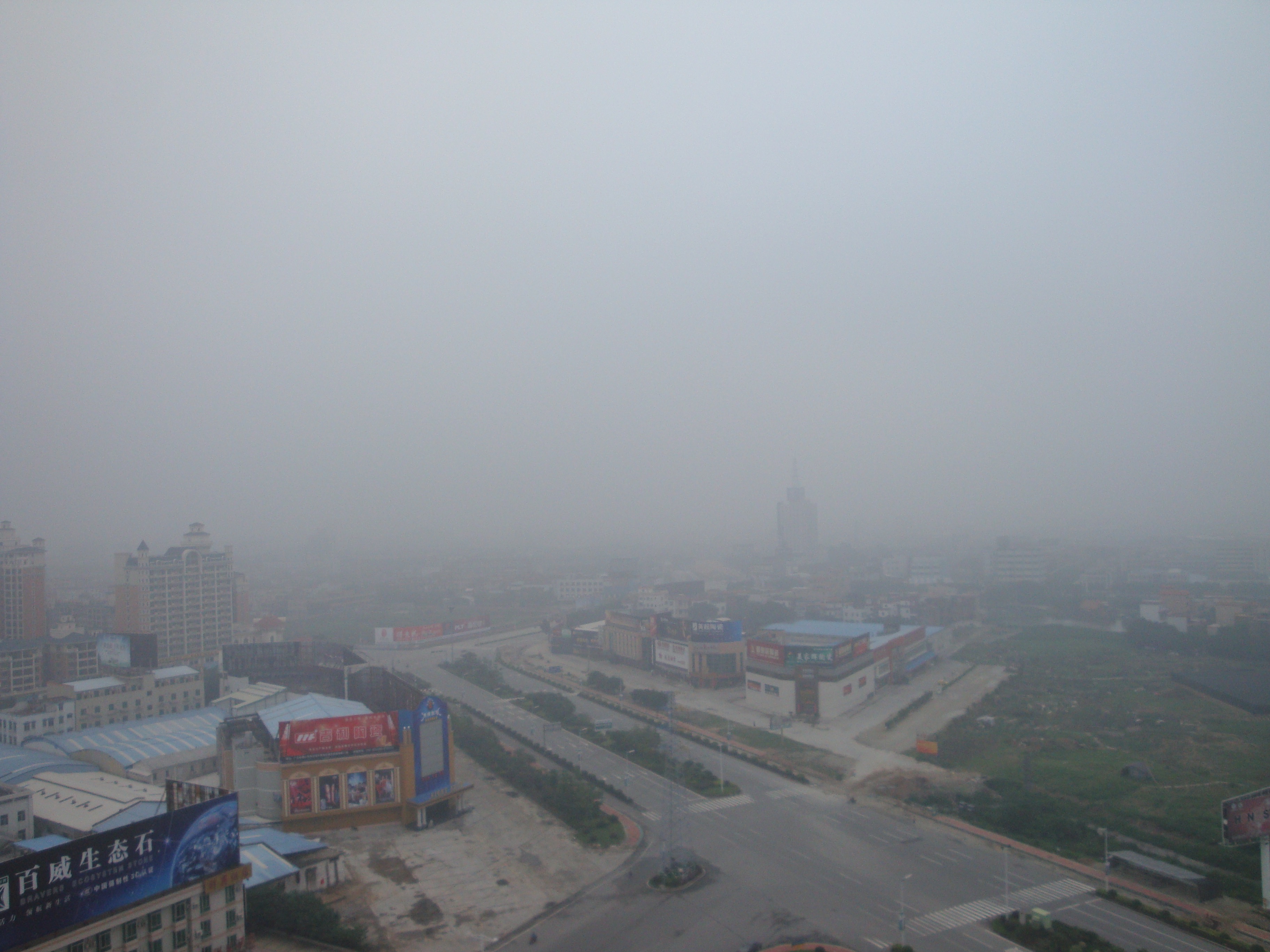On Tuesday, April 5, Simone Rothman, Founder & CEO of FutureAir, will be joining innovation leaders for a Manhattan Chamber of Commerce (MCC) panel to discuss the key elements of innovation and how to apply these elements to benefit your own business and impact your bottom line.
Don’t miss what will certainly be a thought-provoking discussion on how to spark and harness innovation. More details can be found below, and registration is open here.
MCC Innovation Showcase: The Keys to Innovation: Using Them to Unlock the Potential of Your Business
Tuesday, April 05, 2016 6:00 PM – 8:00 PM
Microsoft
11 Times Square
New York, NY 10036
(Entrance is on 8th Ave between W 41st St & W 42nd St)
Innovation has been a huge buzzword in business for many years – and continues to be a prominent concern today. Most companies know they need it – but what’s the smartest way to build a plan for your company? What do innovation and reinvention have in common and how do they differ? Leaders from both Innovation and Advanced Development offices form a panel to help attendees understand the key elements of innovation and how to apply them to benefit their own longer term success and bottom line. The panel will explore ideas for adapting big ideas for smaller and mid-sized companies, mapping out innovation plans and methods for adhering to them, and the importance of employee buy-in and participation in the process.
Moderator:
- Christine Gannon, Partner Channel Development Manager, Microsoft
Speakers:
- Erica Eden, Director of Global Design Innovation, PepsiCo
- Pieter Van de Veld, Co-Founder, Bundl Innovation Engine
- Simone Rothman, Founder, FutureAir
- Derek Peterson, VP New Business Development, Intelligent Product Solutions
*$10 surcharge at the door for both members and non members, if you are not preregistered.
All cancellations and requests for refunds for MCC Events must be received 48 hours before the event. After that time MCC will be unable to honor such requests. Please send any requests to events@manhattancc.org.










